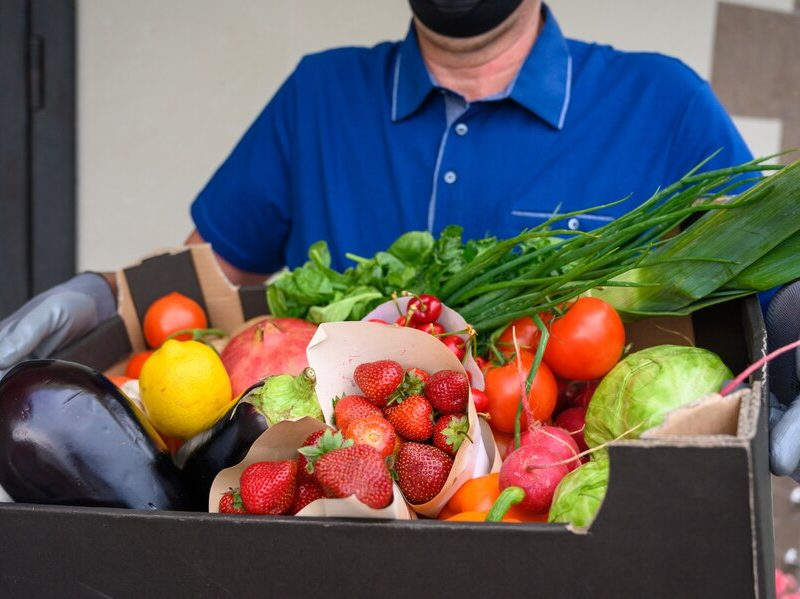In today’s fast-paced world, the convenience of food delivery services has become indispensable. UberEats Clone, one of the leading players in this segment, has set a benchmark in the food delivery industry. For entrepreneurs looking to enter this lucrative market, building an app similar to UberEats can be a promising venture.
Understanding the UberEats Model
UberEats operates on a complex yet efficient model that seamlessly connects customers, restaurants, and delivery personnel. The core of its functionality lies in its robust app, which incorporates sophisticated algorithms to manage orders, deliveries, and customer interactions efficiently.
Understanding the Market
Before diving into the technical aspects of building an app, it’s crucial to understand the food delivery market. Researching and analyzing the needs of your target audience, understanding the competition, and identifying your unique value proposition are essential steps. Knowing what works and what doesn’t in your specific market can help tailor your app to better serve potential users.
Setting Clear Objectives
Define what you want your UberEats clone to achieve. Do you aim to cater to small local restaurants, or are you looking to include large chains, too? What features are most important to your target audience? Setting these objectives early on will effectively guide the development process.
Choosing the Right Technology
Selecting the right technology stack is fundamental to building an efficient and scalable app. Consider using technologies like Node.js for backend services, React Native or Flutter for cross-platform mobile development, and MongoDB or PostgreSQL for your database. These technologies offer robustness and scalability for handling multiple requests and large volumes of data.
Features to Implement
User Registration and Profiles
Ensure that the app allows users to easily register and create their profiles. Integration with social media can simplify this process and improve user engagement.
Restaurant Listings
Create a comprehensive listing feature that allows users to browse different restaurants based on various criteria, such as cuisine, ratings, and price range.
Advanced Search Functionality
Implement an advanced search functionality that lets users search for specific dishes or restaurants. Adding filters like location, popularity, and new arrivals can enhance user experience.
Order Placement and Management
Develop a streamlined process for placing orders. Users should be able to customize their orders easily and view their order history for future reference.
Real-Time GPS Tracking
Real-time tracking of food delivery ensures transparency and increases customer satisfaction. Integrating GPS technology helps users track their orders in real-time from the restaurant to their doorstep.
Payment Gateway Integration
Incorporate multiple payment options to accommodate various user preferences. Ensure that the payment process is secure and seamless.
Ratings and Reviews
Allow users to rate and review restaurants and dishes. This feedback is crucial for maintaining quality and helps other users make informed decisions.
Push Notifications
Push notifications update users about their order status, new deals, and promotions.
Loyalty Programs
Introduce loyalty programs to retain customers. Offering rewards and discounts can encourage repeat orders.
Admin Dashboard
Develop a robust admin dashboard for restaurant partners to manage orders, update menus, and interact with customers.
User Experience and Interface Design
Designing an intuitive and appealing interface is key. The user experience should be smooth and engaging, making navigation through the app simple and straightforward. Pay attention to layout, colour schemes, and interactive elements to enhance the app’s usability.
Testing and Launch
Before launching your app, conduct thorough testing to ensure there are no bugs or usability issues. Consider both automated and manual testing methods to cover all aspects of the app. Once testing is complete, you can prepare for a soft launch to gather initial feedback and make necessary adjustments.
Marketing Your App
A solid marketing strategy is crucial for the success of your UberEats clone. To reach your target audience, utilize digital marketing techniques such as SEO, social media marketing, and email campaigns. Partnerships with local restaurants and influencers can also drive significant traction.
Conclusion
Building an UberEats clone involves careful planning, understanding of the market, and meticulous development. By focusing on the users’ needs and providing a seamless and feature-rich experience, you can create a successful food delivery app that stands out in the competitive landscape. Remember, continuous improvement based on user feedback will keep your app relevant and preferred among its users.




